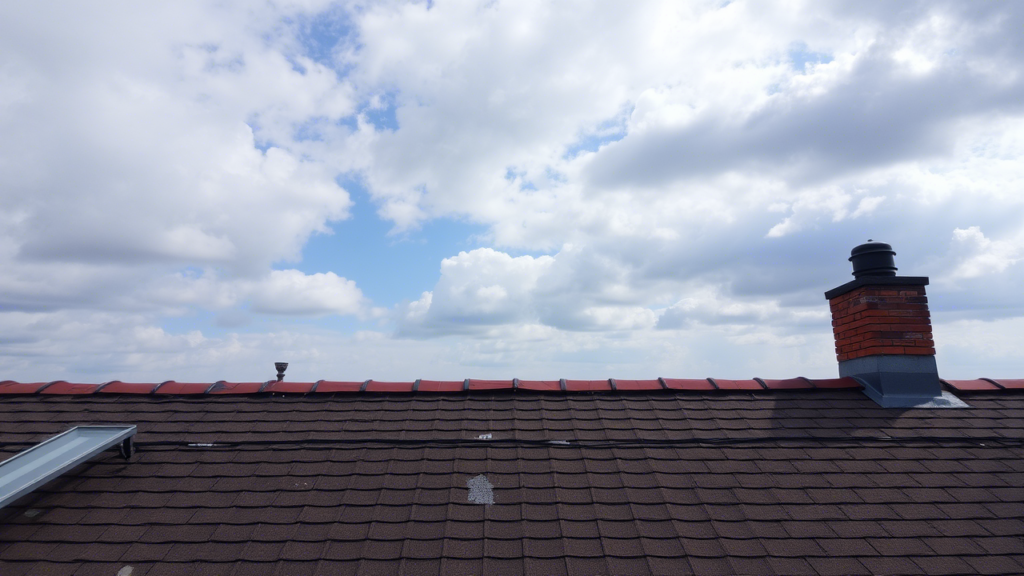As a homeowner, you might be seeking ways to maximize your living space without the hassle of moving. One effective solution is converting your attic rooftop into a functional area. This guide will walk you through the benefits, considerations, and steps involved in an attic rooftop conversion, helping you make informed decisions for your home improvement project.
Benefits of an Attic Rooftop Conversion
Converting your attic rooftop offers numerous advantages:
- Increased Living Space: Transform an underutilized area into a bedroom, office, or playroom.
- Enhanced Property Value: A well-executed conversion can boost your home’s market worth.
- Improved Energy Efficiency: Proper insulation during the conversion can lead to energy savings.
- Personalized Design: Customize the space to meet your family’s specific needs.
Assessing Feasibility: Is Your Attic Suitable?
Before embarking on the conversion, evaluate your attic’s suitability:
- Structural Integrity: Ensure the existing framework can support the new space.
- Ceiling Height: A minimum height of 7 feet is typically required for comfortable use.
- Access: Plan for safe and convenient entry, such as a staircase.
- Building Codes: Check local regulations to ensure compliance with safety standards.
Planning Your Attic Rooftop Conversion
A successful project begins with thorough planning:
- Set a Budget: Determine your financial limits, accounting for materials, labor, and unforeseen expenses.
- Design Layout: Decide on the room’s purpose and create a floor plan that maximizes space.
- Hire Professionals: Consult architects, contractors, and designers to bring your vision to life.
- Obtain Permits: Secure necessary approvals from local authorities before starting construction.
Design Ideas for Your New Space
Consider these creative concepts for your attic rooftop conversion:
- Guest Suite: Provide visitors with a private and comfortable area.
- Home Office: Create a quiet workspace away from household distractions.
- Children’s Playroom: Design a safe and fun environment for kids to play and learn.
- Home Gym: Set up exercise equipment for convenient, at-home workouts.
Addressing Insulation and Ventilation
Proper insulation and ventilation are crucial:
- Insulation: Use high-quality materials to maintain temperature control and energy efficiency.
- Ventilation: Install vents or windows to prevent moisture buildup and ensure air circulation.
Lighting Solutions for Attic Spaces
Illuminate your new room effectively:
- Natural Light: Incorporate skylights or dormer windows to brighten the area.
- Artificial Lighting: Use a combination of overhead fixtures and task lighting to create a balanced ambiance.
Flooring Options for Your Attic Rooftop
Choose flooring that suits your needs and style:
- Carpet: Offers warmth and sound insulation.
- Hardwood: Provides a classic look with durability.
- Laminate: A cost-effective alternative that mimics the appearance of wood.
Managing Heating and Cooling
Maintain a comfortable environment year-round:
- HVAC Extension: Connect the attic to your home’s existing heating and cooling system.
- Standalone Units: Consider ductless mini-split systems for independent temperature control.
Estimating Costs and Return on Investment
Understand the financial aspects:
- Initial Costs: Expenses vary based on size, design, and materials.
- ROI: A quality conversion can yield a significant return by increasing property value.
Conclusion
Converting your attic rooftop is a strategic way to enhance your home’s functionality and value. By carefully planning and executing the project, you can create a personalized space that meets your family’s needs and adds lasting appeal to your property.
Frequently Asked Questions
Q1: Do I need a permit for an attic rooftop conversion?
A1: Yes, most local building codes require permits for structural changes. Consult your local authorities to ensure compliance.
Q2: How long does an attic conversion typically take?
A2: The timeline varies but generally ranges from 6 to 12 weeks, depending on the project’s complexity.
Q3: Can all attics be converted into living spaces?
A3: Not all attics are suitable. Factors like structural integrity, ceiling height, and access must be evaluated.
Q4: What are common challenges in attic conversions?
A4: Challenges include ensuring adequate insulation, ventilation, and meeting building code requirements.
Q5: How can I maximize space in a small attic?
A5: Utilize built-in storage, choose space-saving furniture, and opt for light colors to create an open feel.
Q6: Is it possible to add a bathroom to an attic conversion?
A6: Yes, adding a bathroom is feasible but requires careful planning for plumbing and ventilation.
Q7: Will an attic conversion increase my property taxes?
A7: Potentially, as it adds to your home’s assessed value. Check with local tax authorities for specifics.
Q8: Can I perform the attic conversion myself?
A8: While DIY is possible, hiring professionals ensures the project meets all safety and building standards.
